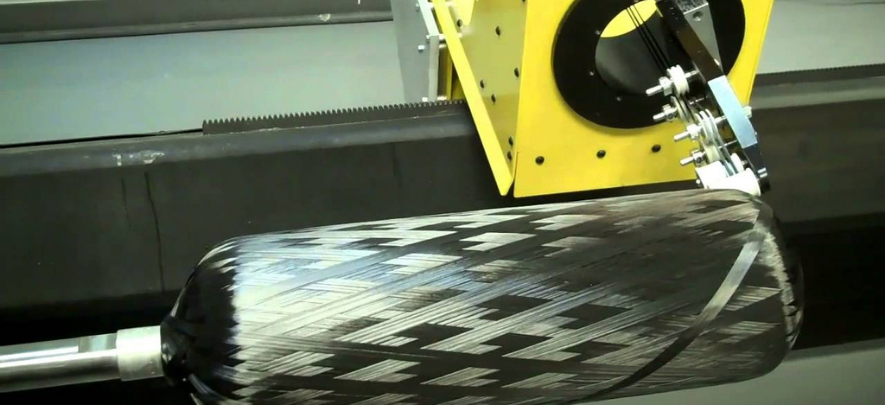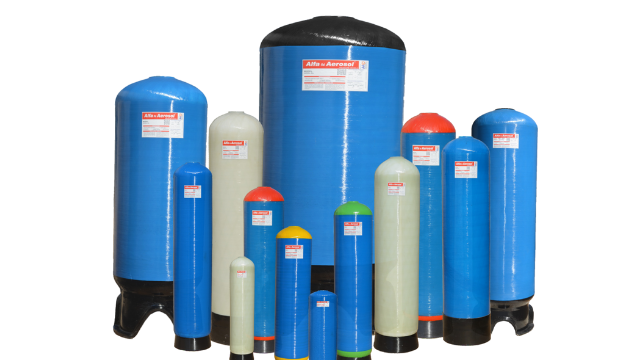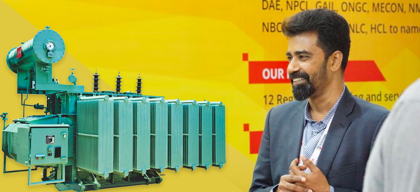What are FRP (Fibreglass Reinforced Plastic) vessels?

Manufacturing & Production
148 week ago — 4 min read
FRP (Fibreglass Reinforced Plastic) is an updated composite material used for chemical plants appliances and equipment, namely vessels and tanks. FRP tanks and vessels have a number of useful applications including both industrial and commercial water treatment system. FRP tanks or vessels are durable, lightweight, flexible, high strength, corrosion resistant and less expensive. And thus such vessels are often considered as the true alternative to SS (stainless steel) vessels.

What are the features and benefits of FRP vessels and tanks?
- Since they don’t rust, there is no need for reclading or painting.
- FRP vessels have only a very few issues related to stress, heat, conductivity as well as weather conditions.
- They have higher and better corrosion resistance capacity in comparison to their metal counterparts.
- FRP tanks and vessels are super light in weight. They are just 2/3rd the weight of aluminum while only 1/4th of steel. And thus FRP equipments can be better handled.
- FRP items are less expensive than metal alternatives; like they are almost half the price of steel. FRP lasts at least 5 to 10 times longer than stainless steel even in extreme corrosive environments.
- FRP equipment is more skid resistant than the metal ones.
- FRP vessels are now equipped with better resin treatment related to impact, heat and crack. And this obviously encourages its extensive use versus metal substitutes by the topnotch FRP Vessels / Tank Manufacturer.
- They are highly customizable in terms of design.
- FRP is non-conductive of electricity and thus there is no risk of shorting out electrical equipment.
- Addition of brominated materials makes FRP vessels ignition resistant.
- FRP is an efficient insulating material featuring good thermal expansion property.
- FRP vessels can be well heat traced from the bottom of the same.
- It hasn’t any flammability hassle while welding.
- It doesn’t leave any trace metal contamination in shampoos or antiperspirants.
- Its adhesive feature and elongation of resin help absorbing equipment vibrations.
Why is FRP a preferred choice for manufacturing tanks and vessels?
FRP is a widely accepted and widely used material typically used for making vessels and tanks to be used in chemical plants as well as water treatment systems. The key construction is done by means of filament winding. FRP is essentially corrosion resistant. It doesn’t develop corrosion even while exposed to liquid. Moreover, it can effectively withstand hydrostatic forces and strong tensile as well. It is often better and stronger than stainless steel. And thus FRP is often chosen for manufacturing water vessels and storage tanks.
How do FRP tanks and vessels help in water treatment ?
As already mentioned, FRP is immuned to liquids including water as well as harsh chemicals. Thus the any leading FRP Pressure Vessel Manufacturer prefers FRP for using in water treatment plants. FRP is leak-proof and thus it keeps the flow of water easy and lucid. Moreover, it is flexible and thus can be given any shape (vertical or horizontal) and size (big or small).
Also read: Manufacturing sector in India: Covid-19 impact and future forecast
To explore business opportunities, link with me by clicking on the 'Connect' button on my eBiz Card.
Image courtesy: Article author
Disclaimer: The views and opinions expressed in this article are those of the author and do not necessarily reflect the views, official policy or position of GlobalLinker.
Network with SMEs mentioned in this article
View Abdul Rahman 's profile
SME Inspirations
Most read this week
Trending
Learning & Development 8 week ago














Comments (1)
Please login or Register to join the discussion